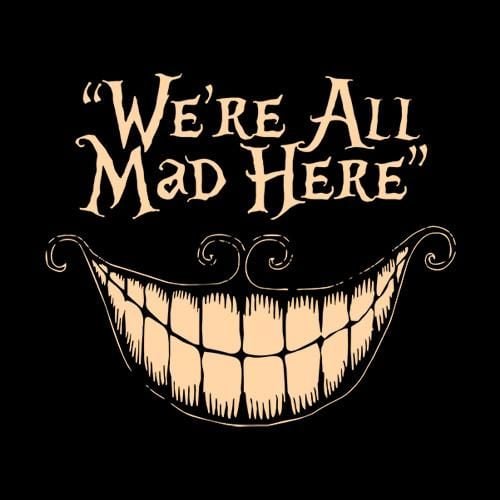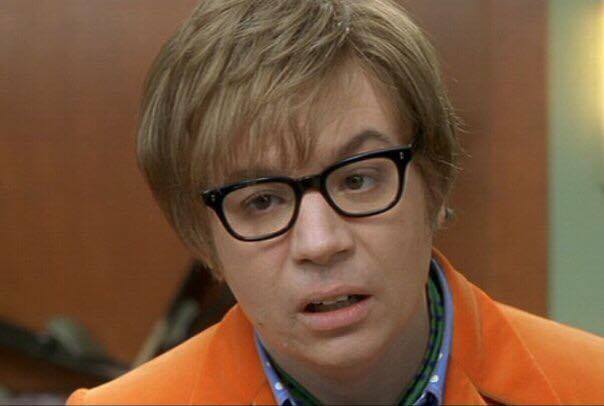I’m looking at getting into photography and I’m trying to decide on what camera would be best for me. One of the primary things I’m interested in is nature photography when I’m out on hikes.
I spoke with someone I know into photography and he seemed to be pushing me towards full frame cameras. Given the prices for these cameras (I’m fine with used) it seems like I have to make a bit of a choice between older full frame and newer aps-c.
After doing some research here are the cameras I am currently considering:
Sony a7
Sony a7R II
Sony a6400 (or maybe a6500)
Nikon D800
Canon EOS 5D Mk III
Canon M50 Mk II
These are sort of organized by how interested in them I am. The pricing varies a bit for them, but with the cheaper ones I’d be able to get more lenses sooner and/or feel less bad about upgrading it in 2 years if I get really into it. So would the a7 or a7r be a good way to go to get a good balance of things or is something like a D800 still worth it today? Or is it just that worth it to have something like the a6400/6500 today to have newer features?
Full frame is overkill for a beginner. Lenses are much more important than bodies or format. You’re much better off getting a second-hand APS-C body from a few generations back, and invest in lenses, than getting a top FF body and just a kit lens.
Depends on the budget of course. But you’ll want to experiment and try different lenses, so that’s what you need to budget for.
Which system/brand is the best - neither, it depends on your preferences.
First you should decide whether you want a DSLR (with an actual mirror) or an EVF camera. That’s pretty important for the feel, and it’s to your preference.
Second is the ergonomics of the system. Fujifilm and Olympus (or what’s that they call themselves now) generally regarded as very “classical”, Canon, Nikon and Pentax have their own styles that have evolved over 70 years, and Sony and Panasonic are more modern and more video-focused.
And then there are lenses. There’s quite parity between systems so it doesn’t matter that much which you choose, with the exception of Canon M system which has weak support and is dead. So the M50 is good only if you can get it cheap and treat it as a one-off for learning. (Ed: actually I think you can mount adapted APS-C DSLR lenses so there’s still an upgrade path.)
I used to have Nikon DSLRs, but I’m not a huge fan of their new EVF offerings.
Sony is the biggest brand out there but I never liked their ergonomics and style.
Canon is kind of a gold standard, but always make weird choices re what can be in which model, and lately seem confused.
Pentax probably has the best ergonomics and controls ever, but is an extremely niche brand at this point.
OM system is lovely, but their smaller 4/3 sensor makes lenses different and is on life support.
If I was starting from scratch today, I’d probably go with the Fujifilm X system. Lots of various choices, been around for a while, good support, open lens system.
I suggest you look at Thom Hogan’s sites bythom.com and sansmirror.com
My case is different from yours as I focus on street photography, but I recently got my first camera, an a6400, and I’m extremely happy with it. Took some ~30k photos so far.
I wouldn’t start with full frame unless you have a lot of money to spare. The lenses are much, much more expensive, and if it’s not something that sticks you’ll be throwing a lot of money away.
At this point in time, people like you and me are still figuring out what kind of photography (and thus equipment and lenses) we like, so I think it’s better to experiment with less expensive gear before committing.
Expect to spend as much or more on the lens than the body. A quality lens is more important than the body. Personally I use a Fuji XT-4 and 16-55 f2.8, 10-24 f4. Here’s some example pics: https://www.Flickr.com/photos/tcgoetz
Whatever you choose, please make sure you figure out the ergonomics.
I have an a6100 and I find it big and heavy when I hike with it.
I recently started carrying it on a capture clip on my belt and it made it significantly better.
Don’t forget to check the lenses too. Weight, price, size.Find a camera that you like to use.
35mm isn’t the be-all and end-all like some like to say. I really wish this mentality would go away.
Your budget needs to include some lenses; the other comment about lenses is pretty much spot on. No point spending so much on the camera when you can’t do what you want because you’re now stuck with limited lenses. You didn’t say what you want to shoot, so that could cover very broad subjects, from insects to birds to landscapes (a full high end kit to set that up at the 35mm end can easily be 4-6kg).
As sensor tech hasn’t advanced that much in the last 10 years or so, it’s better to get an older higher-end camera than a budget new camera; the controls and UI tend to be better, which will be better for you to learn photography with. Budget cameras tend to cheap out on controls, so having to menu dive to make basic setting changes will get old very quick.
I’m not saying I recommend this one, but I’ve been using a Cannon SL2 since 2017. It was their basic entry level APS-C camera at the time. And I wouldn’t immediately discount crop sensors; they have a place in the photography world. I would actually recommend starting with a crop sensor due to the better price and your more beginner status. The biggest benefit of full frame over crop is better low light performance. They have bigger pixels so they by default take in more light. I’ve been using the crop sensor for 6 years now as a hobbyist and I still don’t feel like I’ve moved beyond what the SL2 can offer me.
I focus on nature photography as well and have taken several awesome shots with it (check my post history if you’re curious). The benefit of a crop sensor is it “zooms in” the image for you compared to a full frame. It’s not actually zooming in; it’s just the crop sensor compacted the pixels into a smaller area, so less of the lens is used. But this allows you to “zoom in” further than a full frame while using the exact same lens. This could be useful for getting a shot of a subject that’s really far away.
I agree with the other guy about ergonomics. A reason I went with the SL2 is because it’s so small. It’s one of the smallest DSLR’s around and is literally just a few grams under a pound. That makes it significantly easier and more comfortable to hold for long periods of time. I have a big chungus 150-600mm lens for getting close ups of birds from far away. That alone is 4 lbs. Pair that with my camera’s body and I’m holding around 5 lbs of equipment. That gets heavy quick. If I had an even heavier body, it’d be even more cumbersome. I know a monopod is best for that situation, but sometimes you need to free hand it.
Another thing to look for, ergonomically, is how the body fits in your hand. I remember an old review for an older Sony camera. It was one of their smaller bodies and the reviewer mentioned that the handle’s bump was too close to the lens mount. So they could never get a good grip on it (I’m sure it’s been fixed since then). If you rock bigger hands, you may want to go for a slightly bigger body for comfort.
Another thing to consider is lens support. A big reason I went with Canon/SL2 is because of their wide lens library. Canon have just about everything I could need or want. And if they don’t, I can always look to third parties. My crop sensor is also able to use Canon’s full frame lenses. I don’t think Sony or Nikon do that.
My last bit of consideration is to focus on mirrorless cameras instead of DSLR (I didn’t look at the cameras, this is just general advice). It’s looking like that will be the future of interchangeable lens cameras. Canon made an SL3 in 2019 to replace my model, but they haven’t updated it since in 4 years. And no rumors of an SL4, either. It would stand to reason Nikon is moving away from DSLR, too.
My crop sensor is also able to use Canon’s full frame lenses. I don’t think Sony or Nikon do that.
The sony E-mount works for both APS-C and Full-frame. You can even mount an APS-C lens onto a full-frame, but you are down to 10-12mpx on the a7, I think.
If you rock bigger hands, you may want to go for a slightly bigger body for comfort.
My a6100 grip is serviceable with my medium hands. Some fancier a6x00 cameras use the newer and bigger battery, which improves the grip size.
I also have an a5100 and the grip is way too small, but you can hold it like a waist-level TLR camera and it’s okay. It’s missing a viewfinder, which is absolutely terrible. It’s my e-mount backup camera that came as a lens cap for a lens I bought.For reference, I use my a6100 with a 70-350mm or with the 18-135mm. I sometimes slap on the sigma 30mm for low-light.
I’m happy with it, and I think even a a6000 would have been perfect for me (the a6100 is my starter camera from 3 years ago).




